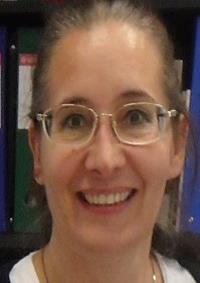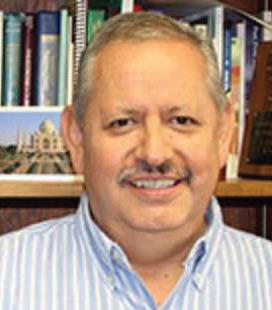Day 2 :
Keynote Forum
Fabienne Trolard
INRA-UAPV, UMR EMMAH, France
Keynote: How to address sustainability in agriculture?
Time : 10:00-10:40

Biography:
Abstract:
In the world, agriculture developed 10,000 years ago, most of plant and animal species of man’s interest have been domesticated. Today's agriculture still relies almost exclusively on these same species. According to global changes and the challenges of food security, scientists are being questioned by decision-makers and stakeholders in the territories on the sustainability of agrosystems. Valuable information on this topic and recommendations can be derived from the study of practices and processes related to agriculture over time. Long-time (up to 1,000 years), middle-time (around 50-60 years) and short-time (one hour to 3-4 months) studies illustrate hereafter the field of possibilities to produce this information. In the first example, the period from 4500 years BP till date was explored by the help of palynological determinations of pollens extracted from a continuous 720-cm core drilled on the delta of Mirna River (gulf of Venice) in the coastal zone of the Adriatic Sea. With an average chronological resolution for core stratigraphy of 7 years per cm, a succession of agro-pastoral activities has been observed, with cereals (about 3000 years BP), olive growing, viticulture and orchards (about 2000 years BP). It can also be noted the abandonment of all agricultural activities in this zone during more than 600 years, which can be ascribed to the consequence of the major volcanic eruption of Santorini (1,650 years BC). In the second example, the consequences of intensive agriculture of the last 60 years have been studied in two agro-systems in the South-East of France: In the rice cropping in Camargue and in the meadows in Crau’s area (hay production with a COP label). In Camargue, X-ray diffraction on the clay fraction in the paddy soils, compared to a control, show a significant increase of the clay crystallinity in the paddy soil, which implies a decrease of their solubility and thus of silica bioavailability for plant growth. The sustainability of rice crop system requires the clearing of silica exportations. In Crau’s area, long-term database concerning hay’s mineral content, dry matter and climate dynamics have been statistically analyzed. Results show a steady state (in quantity and quality) of the production despite an average temperature increase of 1.9 °C since 1960. Our findings suggest that irrigation, both with the water inputs and quality of water, has played a key role for the sustainability of hay production since the 16th century. In the third example, the short time (~1 hour intervals) of processes in agriculture has been explored during several rice crop seasons by in situ monitoring of water in waterlogged soils. Relationships between variations of the chemical composition of water and plant growth have been established from field data. Kinetical modeling of digestion of nitrogen fertilization by the agro-system has been proposed and allow for separating biotic from abiotic processes and defining characteristic times of relaxation.
Keynote Forum
John M Jemison
University of Maine, USA
Keynote: Innovative practices for dairy and potato farmers to adapt in increasingly variable climatic conditions: Lessons learned in Maine

Biography:
Abstract:
Keynote Forum
Jaime Malaga
Texas Tech University, USA
Keynote: Horticultural exports from developing to developed countries: Case of Latin American competition for the US market

